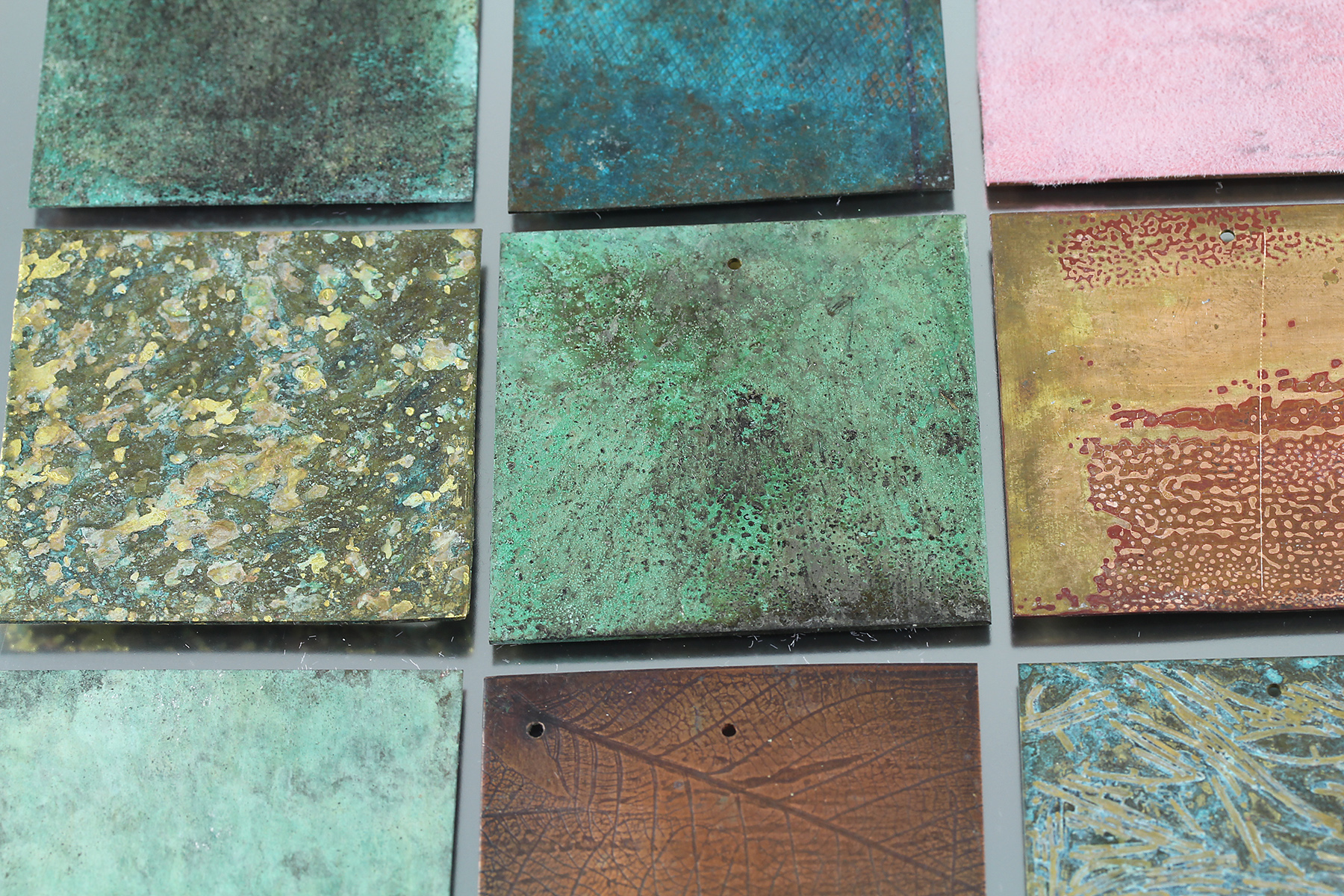

Aerugo nobilis (stable bronze, or rust), today termed “noble patina,” was stable and enhanced surface appearance.

Roman historian and writer Pliny distinguished between two types of patinas. As examples, the bronze shown above from the site of Vani in the Republic of Georgia buried in a sandy soil has an even, pale-blue patina, while the Victorious Youth shown below, a sea burial, has a variegated patina with a range of colors.īronze surface coloration and alteration was understood even in ancient times. Today, ancient bronzes have burial patinas with a range of colors including red-browns, browns, greens, blues, and even black. These colors and so-called “burial patinas” have value in themselves, testifying to an object’s antiquity. Ancient bronzes, therefore, have a range of colors that have less to do with their original use and more to do with how they survived through time.

To add to their stories, many bronzes discovered hundreds of years ago were restored according to the tastes of the day. Following their useful life (over 2,000 years ago!), they were abandoned and buried in a variety of environments including rivers, oceans, and underground. It’s difficult to imagine that these objects were once part of a colorful world where marble was painted and bronze patinated (surface-treated) to produce more naturalistic colorations.īronze sculptures were cast from different alloys of copper, tin, and lead.


 0 kommentar(er)
0 kommentar(er)
